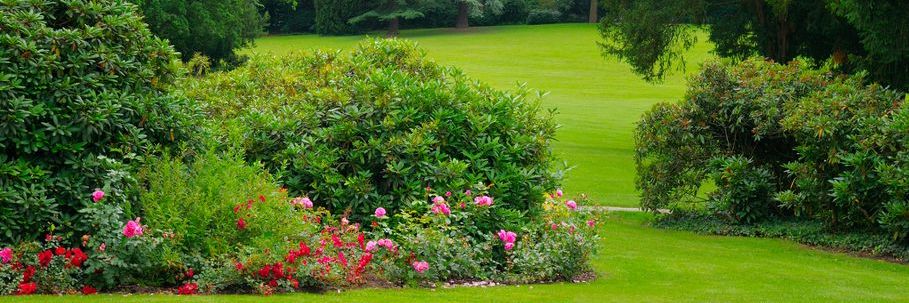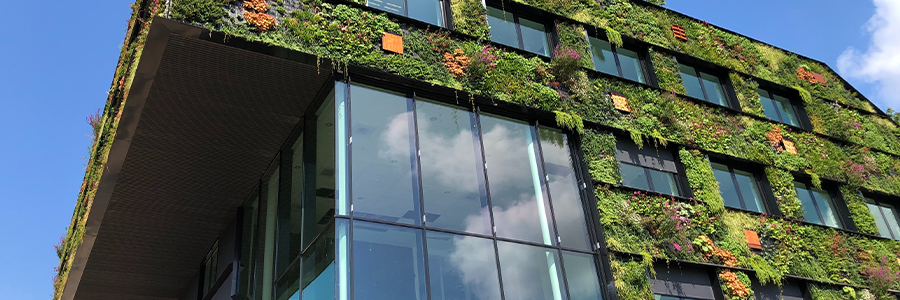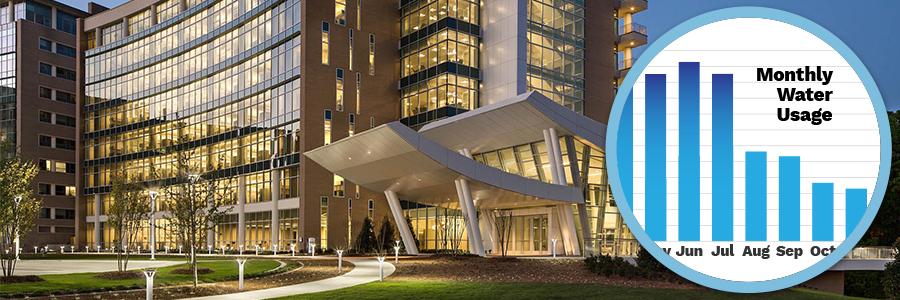Practical Solutions for Water Efficiency: Charting a Course to Sustainability
Water is one of the world’s most precious resources, and managing it efficiently has become essential for organizations prioritizing sustainability and operational excellence. However, without a clear strategy, tackling inefficiencies can feel overwhelming. Our latest guide, The Water Efficiency Roadmap: Proven Strategies for Lasting Impact, provides a practical roadmap to help organizations pinpoint inefficiencies, implement […]











